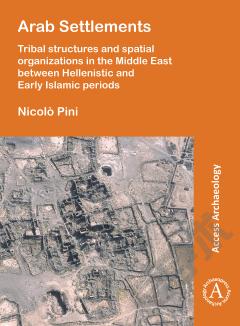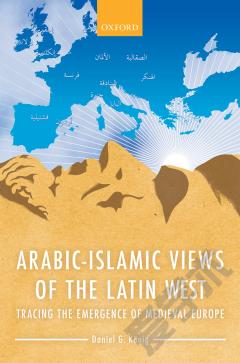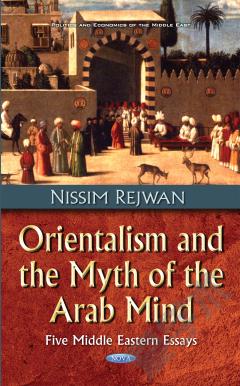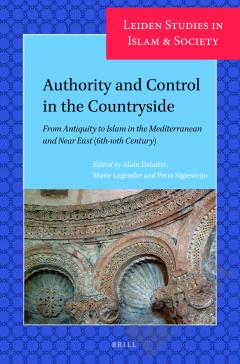Arab Settlements: Tribal structures and spatial organizations in the Middle East between Hellenistic and Early Islamic periods
How can the built environment help in the understanding of social and economic changes involving ancient local communities? Arab Settlements aims to shed light on the degree to which economic and political changes affected social and identity patterns in the regional context from the Nabatean through to the Umayyad and Abbasid periods. Settlement analysis is understood to be a crucial tool for accessing the local material culture and characterising the specific identities of the concerned societies. For this purpose, the author compares eight case studies across the Middle East, considering their spatial organisation over a long period (2nd – 9th centuries AD). For the interpretation of the remains, the anthropological concepts of ‘segmented societies’ and ‘pastoralism’ are fundamental, providing possible explanations of some spatial patterns attested in the case-studies. The idea of ‘Oriental’ settlements underscores the marked continuity in the organisation of the buildings and the use of space revealed on different levels between the Byzantine and Early Islamic periods. Furthermore, the label of ‘Arab settlements’ is proposed in this context, highlighting the direct connection between social identities and built environment, with a direct reference to the development of an ‘Arab’ identity.
{{comment.content}}








 京公网安备 11010802027623号
京公网安备 11010802027623号